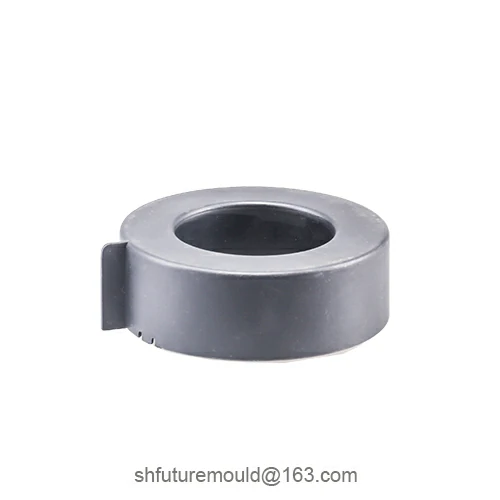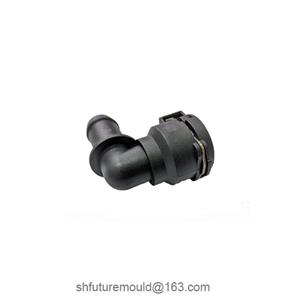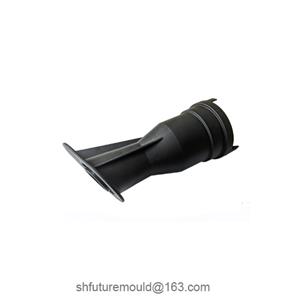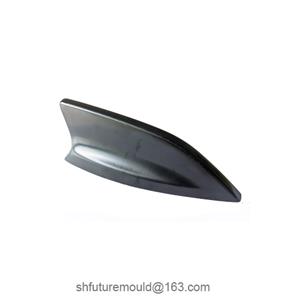Heat Treatment Methods for Different Injection Mold Materials
The heat treatment objectives (stress relief, pre-hardening, hardening, tempering, nitriding, etc.) and process parameters vary significantly across mold materials due to differences in chemical composition and application.
I. Pre-hardened Steels
1. P20 (DIN 1.2311 / U.S. P20)
Application: Cost-effective general-purpose molds, hardness ~28–32 HRC.
Annealing (Stress Relief)
850°C for 2–4 hours, furnace-cooled to 600°C followed by air cooling.
Pre-hardening (Optional Hardness Enhancement)
Heating at 1020–1040°C in a protective atmosphere, oil quenching → hardness 48–52 HRC.
Double tempering: 550°C × 2 hours (air-cooled) to reduce internal stress and stabilize hardness.
Nitriding (Optional)
500–550°C × 8–16 hours → surface hardness 750–900 HV.
2. 718 (U.S. 718 / DIN 1.2363)
Application: High wear/corrosion-resistant molds, hardness ~37–42 HRC.
Annealing
840°C for 2 hours, furnace-cooled to 600°C followed by air cooling.
Hardening
1020–1040°C in protective gas → oil quenching or nitriding salt bath quenching.
First tempering: 540°C × 2 hours; second tempering: 530°C × 2 hours.
Stress Relief (SR)
550°C × 2 hours to prevent machining cracks.
II. High-Alloy Hot-Work Tool Steels
1. H13 (DIN 1.2344 / U.S. H13)
Application: Hot-work molds, extrusion barrels, thermal fatigue resistance.
Solution Treatment (Soft Annealing)
840–860°C for 4 hours → furnace-cooled or air-cooled below 600°C → hardness ~220 HB.
Preheating & Hardening
Preheating: 600°C × 1 hour → 800°C × 1 hour.
Quenching: 1020–1040°C × 1 hour → oil-cooled to 50–60°C.
Tempering
560–600°C × 2 hours, repeated 2–3 cycles → hardness 48–52 HRC.
Nitriding (Optional)
500–550°C × 8–12 hours → thin hard nitride layer for wear resistance and demolding.
III. Stainless Corrosion-Resistant Steels
1. S136 (DIN 1.2083 / U.S. 420-Modified)
Application: High-transparency, corrosion-resistant mirror-finish products (e.g., smartphone and appliance panels).
Annealing
900°C × 2 hours → furnace-cooled to 700°C followed by air cooling.
Hardening
1010–1030°C in protective gas → oil or high-pressure mist quenching.
Tempering
250–350°C × 2 hours (1–2 cycles) → hardness 48–52 HRC.
Nitriding
450–500°C × 8 hours → enhanced surface corrosion resistance.
- Injection Mold
- Automotive Injection Mold
- Electronics & Electrical Injection Mold
- Consumer Goods Injection Mold
- Airplane Components Injection Mold
- Medical Components Injection Mold
- Irrigation Components Injection Mold
- Injection Molds




